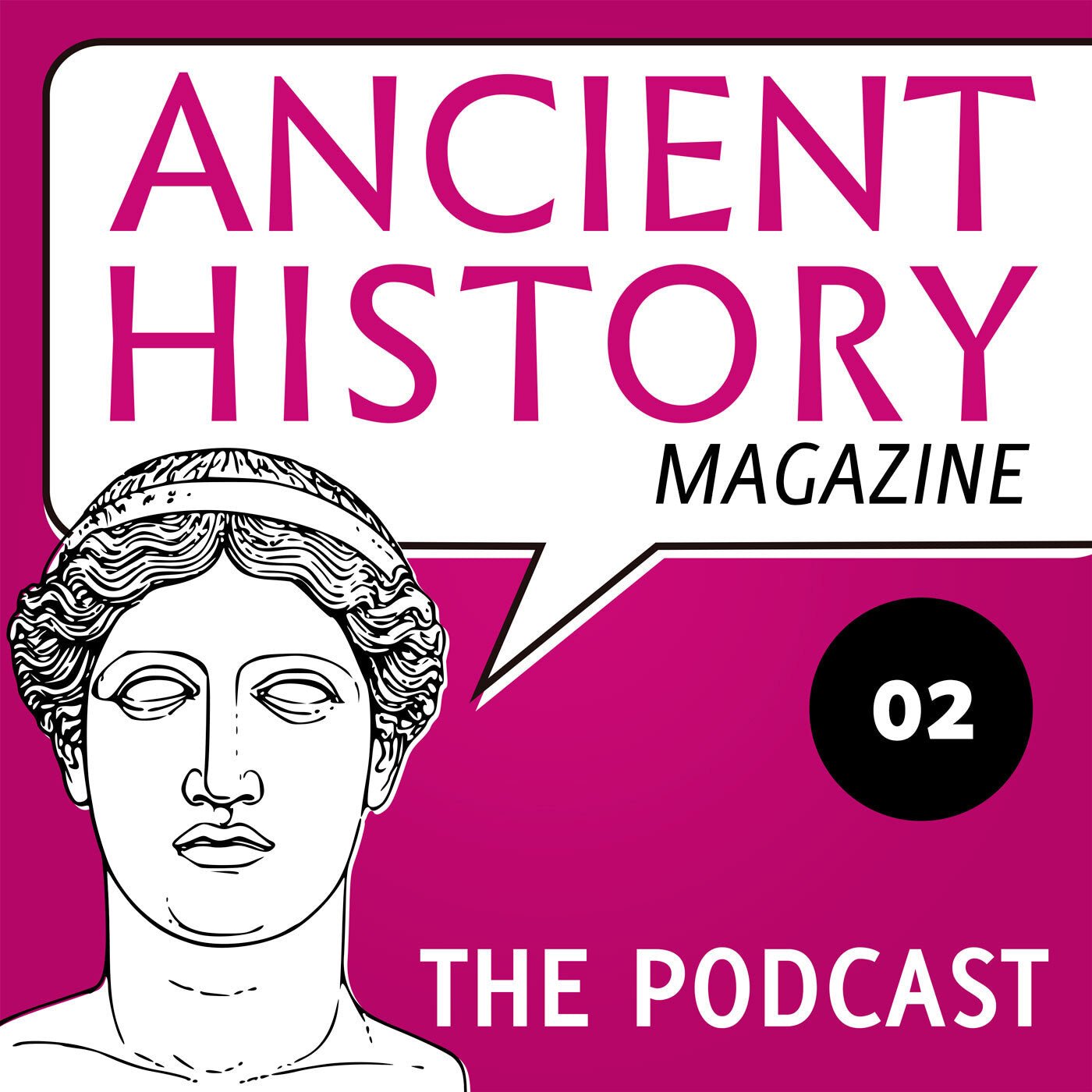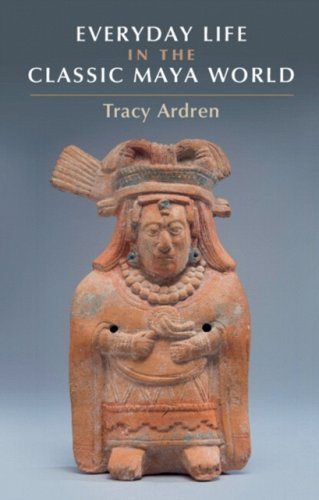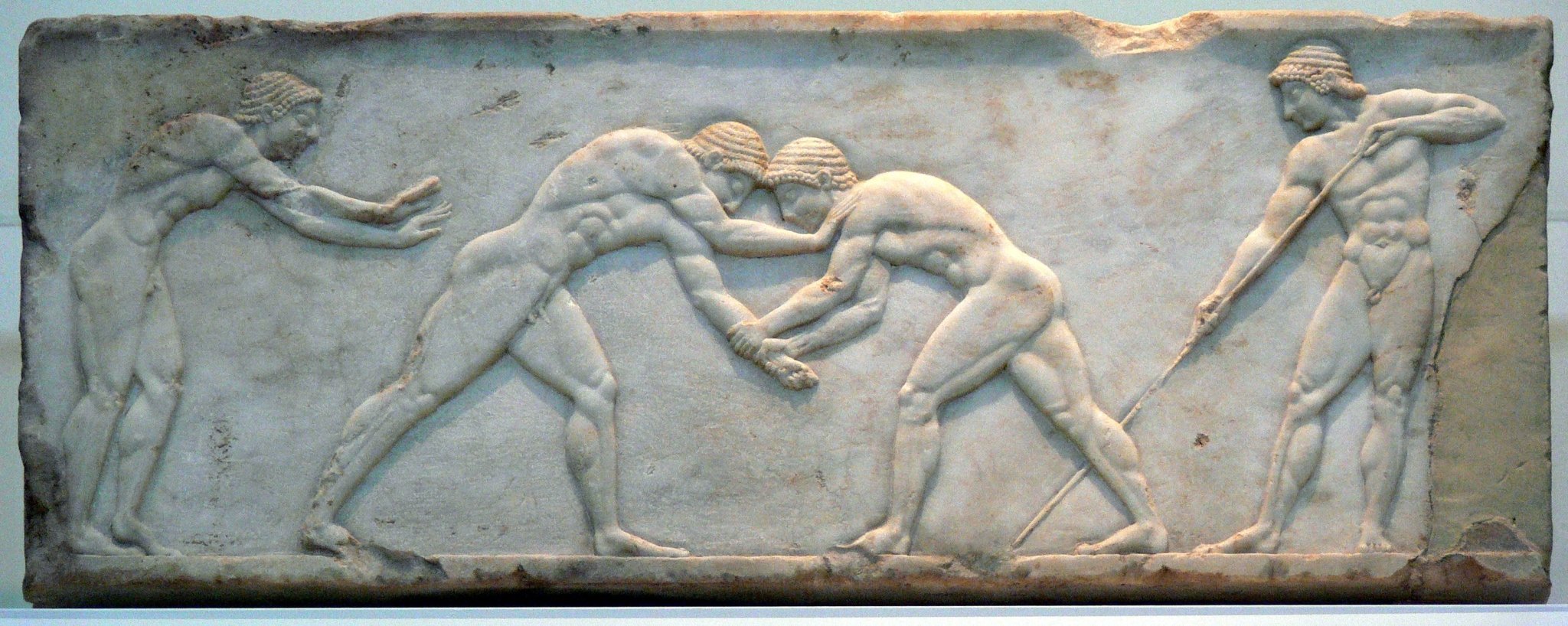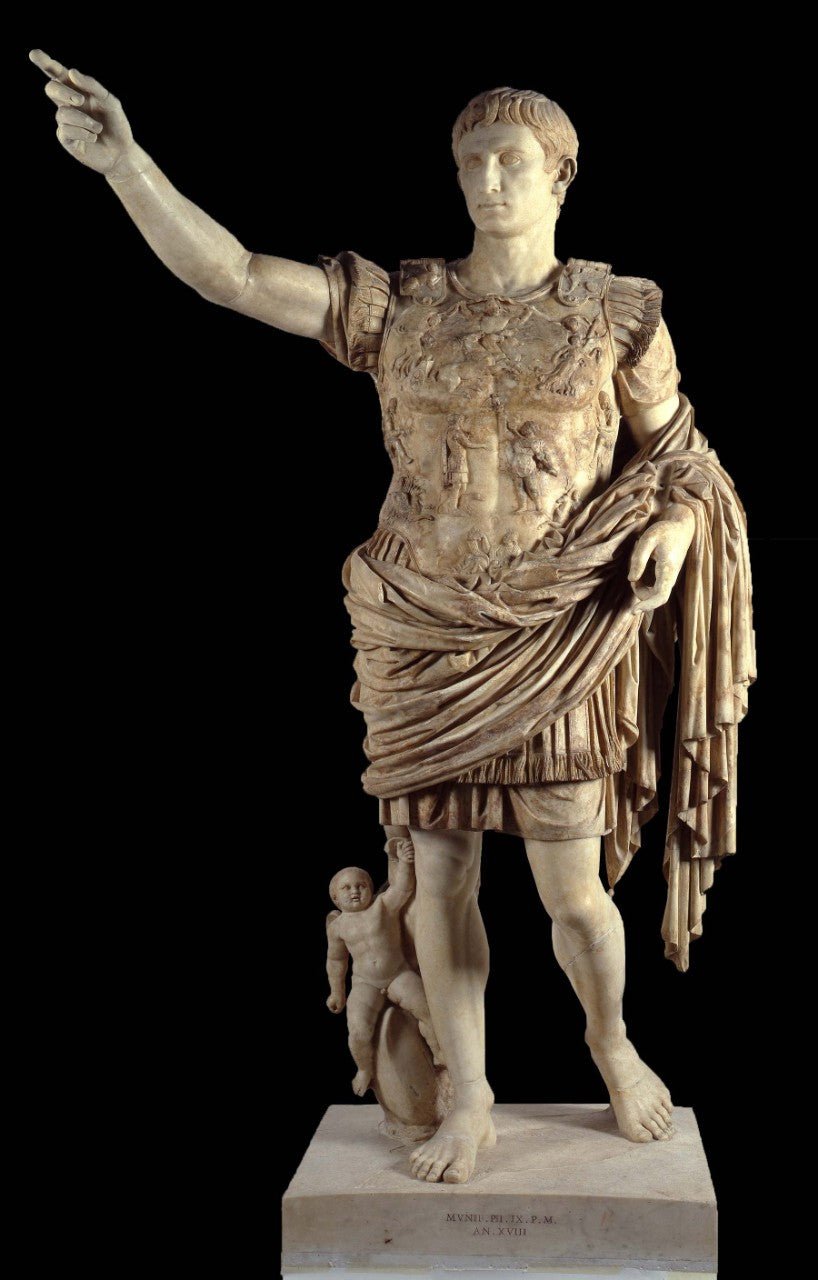Heroes 9: the sceptics

The study of Antiquity started as a debate about fraud. Italian scholar Nanni had published fake souces and had caused quite a debate, especially because he also introduced the distinction between primary and secondary sources. This man was not an ordinary fraudster whose “discovery” might easily be set aside. It took a long chronological debate to find out what was wrong. In the meantime, scholars learned to look for the sources of the sources: although there were hardly any primary sources from Antiquity, we might try to approach them.
Although the foundations of a more reliable study of the distant past were being laid, the basic response to the unmasking of Nanni was scepsis. The seventeenth century witnessed the rise of a kind of historical scepsis that is sometimes called “historical pyrrhonism”.
Ironically, the idea that Antiquity could not be understood, was named after a philosopher from that very day and age, whose works are lost: Pyrrho of Elis (ca. 360–ca. 270), the founder of a philosophical system called Scepsis. His point of departure had been that we cannot fully understand nature. You can see that lightning strikes, but don’t hear the sound at the same moment. That straight pole suddenly looks crooked when you put it into a pool of water. Nature is incomprensible. The implication is that you cannot establish with absolute certainty whether a statement about it is false or true, and that means that it is impossible to establish a system of ethical precepts. At least not if you want to base it on reality. The true lover of wisdom accepted this uncertainty and postponed his judgment. Nothing was certain.
The philosophy of Pyrrho – which was only known indirectly – became incredibly popular in the sixteenth and seventeenth centuries. The discovery of the Americas had shown that the ancient authorities were not infallible, the Reformation had shown that religious truths were subject to debate, and the Wars of Religion showed the consequences. Scepsis was the true wisdom. And indeed: skeptical authors like Montaigne are still being read.
So, how much did we know about Antiquity? Protestant authors were quick to point out how many Catholic ideas were just plainly wrong. Those papists believed in a Purgatory – but for that, there’s no Biblical evidence. The church of Rome also venerated the saints, but most legends were invented in Medieval times. Secular authors started to ask similar questions: what did we actually know about Homer or Socrates?
Other scholars had different questions. How much did we know about Antiquity if most of our manuscripts were Medieval? (Poliziano’s ideas about reconstructing ancient texts from Medieval manuscripts were not really well-known.) How could you establish the difference between legend and fact? What, actually, was a fact?
These questions were put forward in books like François de La Mothe Le Vayer’s Du peu de certitude qu’il y a dans l’histoire (“On the little certainty we have about the past”; 1668) or Louis de Beaufort’s Sur l’incertitude des cinq premiers siècles de l’histoire romaine (1738; “The uncertainty about the five first centuries of Roman history”). Often, the examples offered by those authors were quite funny: why on earth did Romulus have to abduct Sabine women, if he really was as handsome as the ancient authors wrote?
Much of this criticism was well-argued and quite correct. True, Poliziano had created a way to look beyond the Medieval copies of the ancient texts. Scaliger had established the basic principles of the study of ancient chronology. As we will see in a later installment of this series, the study of inscriptions and coins would more or less corroborate the information of those contested ancient authors. But that was the future. In the seventeenth century, the study of Antiquity was in great trouble. The historical pyrrhonists may have been too skeptical about our knowledge, but they asked a very, very good question.




